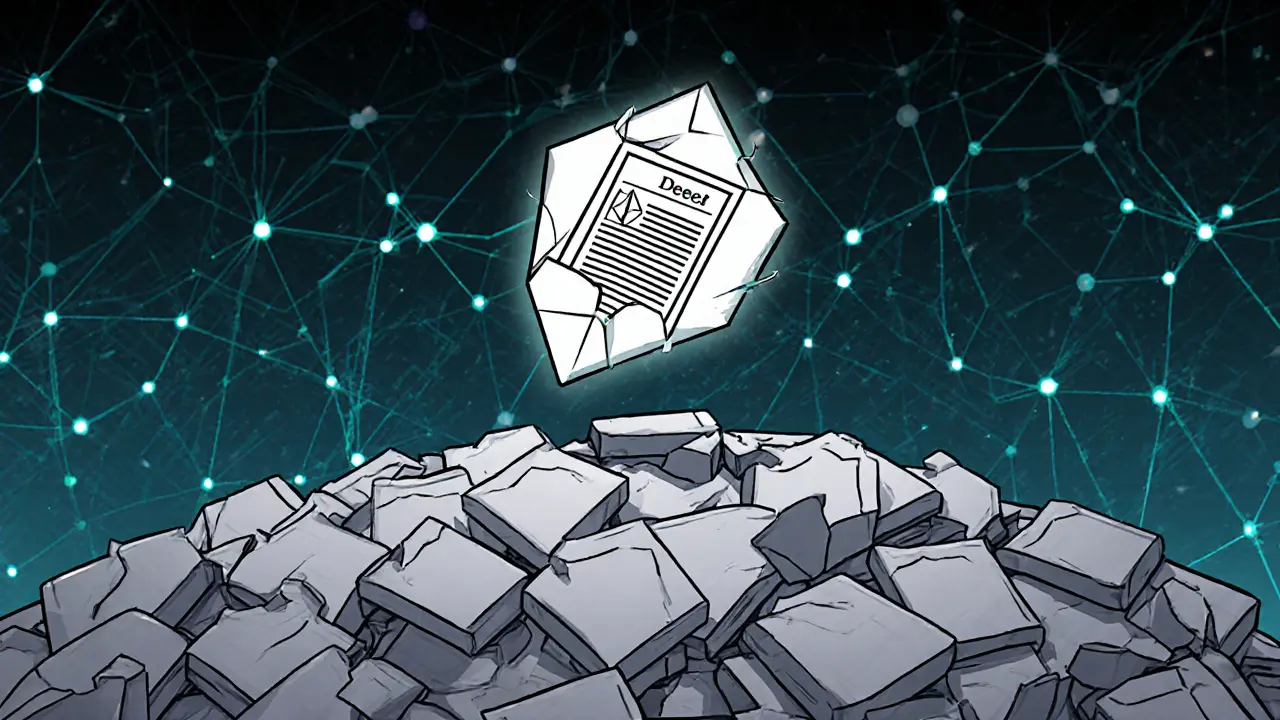Non-Fungible Tokens: What They Are, How They Work, and What’s Really Going On
When you hear non-fungible tokens, unique digital assets stored on a blockchain that can’t be swapped one-for-one like money. Also known as NFTs, they’re not just pictures of apes or pixelated cats—they’re digital deeds that prove you own something no one else can replicate. Unlike Bitcoin or Ethereum, where every coin is identical and interchangeable, each NFT is one-of-a-kind. That’s what makes them useful for things like digital art, game items, event tickets, or even real-world property records.
Think of an NFT like a signed certificate for a digital file. The file itself might be copied a million times, but the NFT holds the original proof of ownership. This is why some people pay thousands for a JPEG—because the NFT says they’re the official owner, not just someone who downloaded it. And it’s not just art. NFTs are being used in gaming for rare skins, in sports for digital collectibles like highlight clips, and even in music for exclusive album access. But here’s the catch: most NFTs have no real value beyond what someone else is willing to pay. The market is full of empty projects, fake collections, and scams pretending to be something meaningful.
That’s why you’ll find posts here that cut through the noise. You’ll see real breakdowns of projects like NFTLaunch (NFTL), a token tied to an upcoming IDO with unclear legitimacy, and warnings about scams like CDONK X CoinMarketCap, a fake airdrop designed to steal crypto. You’ll also find honest takes on platforms trying to build real utility, like Story Protocol ($IP), a blockchain built to protect creators’ intellectual property. Some NFTs solve actual problems. Most don’t. The difference matters.
And it’s not just about buying and selling. NFTs tie into bigger ideas—like digital ownership, who controls your data, and how blockchain changes the way we think about value. Are they the future of collecting? Maybe. Are they a bubble? Probably. But either way, they’re not going away. What’s important is knowing what you’re actually getting when you click "Buy".
Below, you’ll find real reviews, scam alerts, and deep dives into the projects that matter. No fluff. No hype. Just what’s working, what’s fake, and what you need to know before you spend your crypto on another NFT.
Understanding ERC-721 NFT Standard: How Unique Digital Assets Work on Ethereum
ERC-721 is the Ethereum standard that made digital ownership possible. Learn how unique NFTs work, how they differ from fungible tokens, and why they dominate the NFT market despite higher costs.
learn more